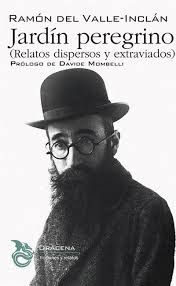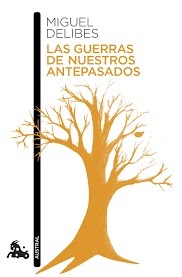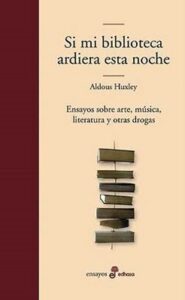
Original language: Español
Year of publication: 2023 (texts between 1888 and 1936)
Valuation: Between is good and recommended
Well, maybe it’s been almost 30 years since I read Valle-Inclán, specifically since those not-so-wonderful years (that’s enough nostalgia, damn it) of high school in which Bohemian lights It was a must read. And just as I have other books from that time, more or less, in my memory, I remember practically nothing about Don Ramón María’s book.
So don’t expect a “deep” reading that compares pilgrim garden with the rest of the Valleinclanesca work, don’t even put your hands on your head if something I say next surprises you in a bad way or is too obvious. Get in trouble!
pilgrim garden collects texts that are grouped into three blocks:
- Scattered stories published in newspapers or magazines between 1888 and 1892
- Discarded stories from the 1920 edition of novel garden
- Stories or novels with historical themes, from different periods and with a marked choral tone
The first two blocks surprise me because of the theme of the texts they contain. A good part of them are linked to romanticism and the Gothic and that is something that one did not expect from Valle-Inclán: satyrs, witches, premonitory dreams, rural setting, etc. All this accompanied, of course, by a language that at times overwhelms (archaisms, Galicianisms, etc.) and that makes the use of the dictionary recurrent.
A certain irregularity weighs on these stories, weighed down to a large extent by their over-adjectification. Given the choice, I am left with the descriptive plasticity of The beggarthe theatricality and the management of the dialogues of Don Juan Manuela story in which the political element that will characterize part of the Galician’s work is introduced, and with the imagery of It was Satan y The host, two of the texts closest to the Gothic.
More notable are some of the texts that make up the “historical” block of the volume. I don’t know if it is because they are, for the most part, texts from the author’s most mature stage, but the fact is that they are more technically complex (use of tools close to cinematography, such as the tracking shot of End of a revolutionary, handling of different voices, recreation of atmospheres, etc.) and more “stinging” for the use of the grotesque, the exaggerated and the absurd to denounce that comical and tragic Spain of the late 19th and early 20th centuries that appears so well reflected in the already mentioned End of a revolutionary or en The golden thunder. All of this without losing sight of the dictionary, which the good old Valle-Inclán continues to test us with that language rich in records but somewhat removed from these times.
What has been said, an irregular but interesting compilation by a fundamental author of Spanish literature from the first half of the 20th century that paints a Spain perhaps not so far removed from the current one. Or yes, you will say.
Source: https://unlibroaldia.blogspot.com/2024/02/ramon-maria-del-valle-inclan-jardin.html


